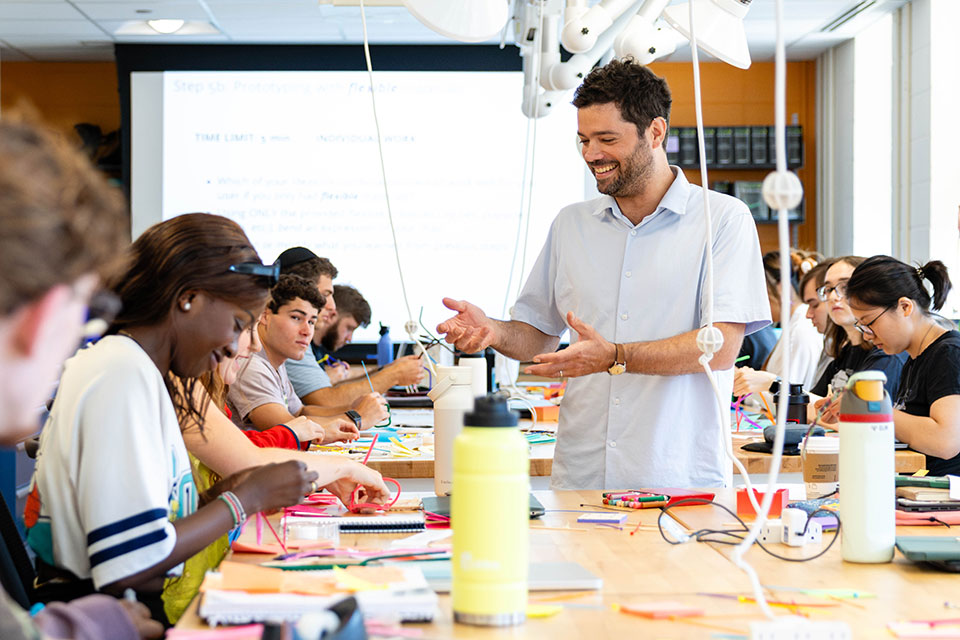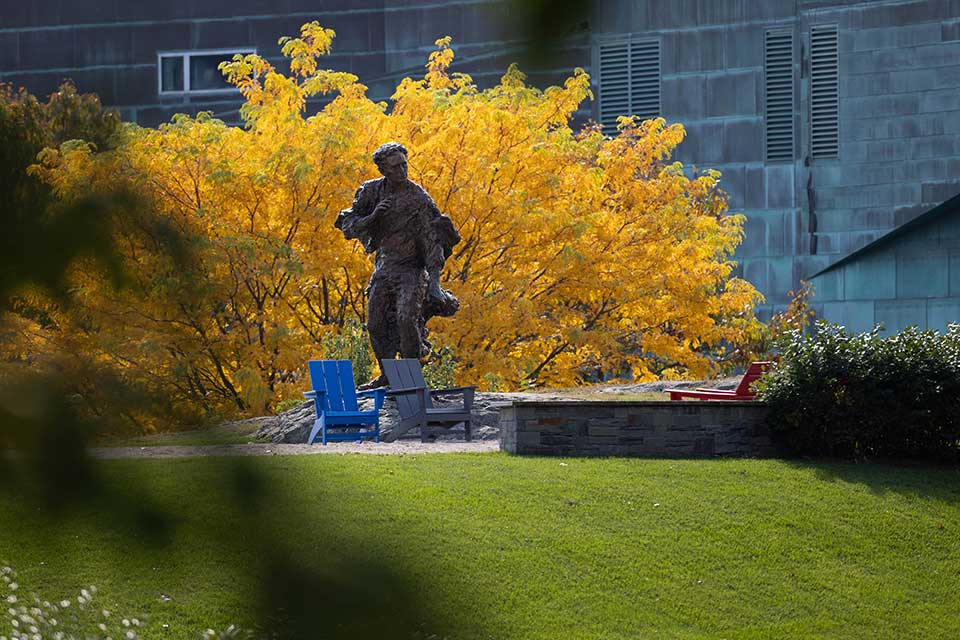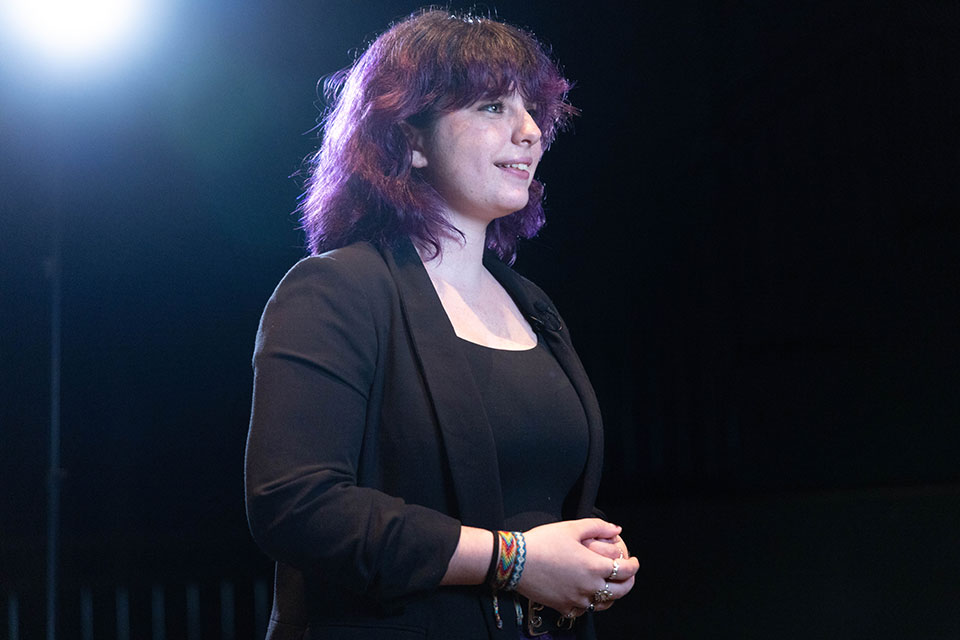Around the world with Brandeisians: Students gain skills and new perspectives in summer study abroad programs
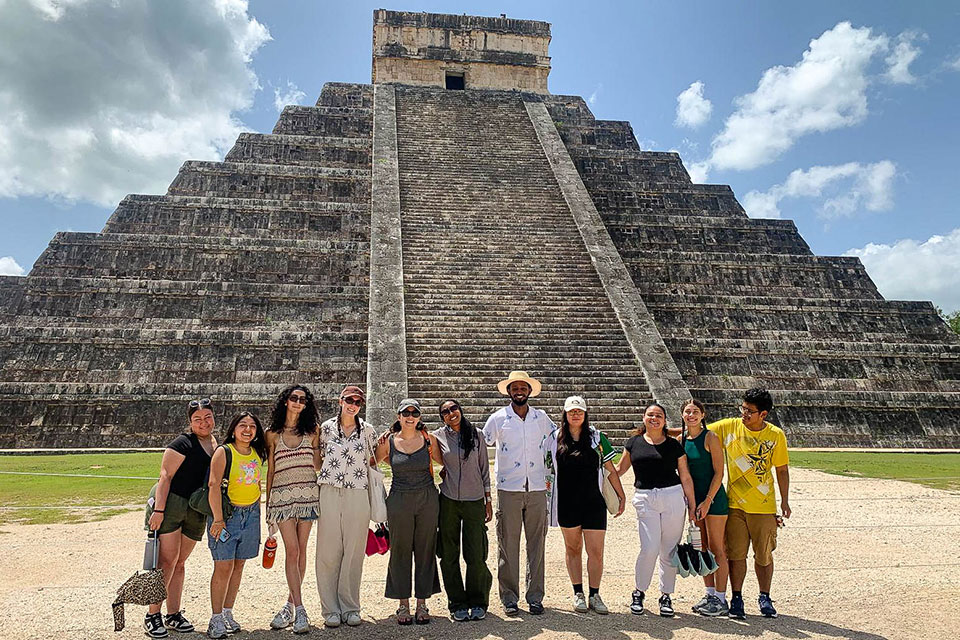
By Julian Cardillo ’14
August 28, 2025
On average, about 35% of Brandeis juniors study abroad each year in more than 40 countries, discovering new perspectives and becoming global citizens in the process.
This summer, three faculty-led programs immersed students in public health in Mérida, Mexico; economics and business in Copenhagen, Denmark; and fine arts in Siena, Italy. Each program blended rigorous coursework with cultural immersion — lectures alongside lived experience; textbooks and classrooms paired with conversations in marketplaces, museums and cafes.
The result is a distinctly Brandeis experience: travel and academic exchange helping students achieve global perspectives.
“Study abroad is about so much more than academics — it’s about perspective,” said Office of Study Abroad director Alisha Cardwell. “When students immerse themselves in another culture, they return to Brandeis with new ways of seeing their studies, their communities and themselves. That growth stays with them long after the program ends.”
In Mérida and Havana, a fresh take on health
The Brandeis in Mérida program brought the career ambitions of Samuel Hadego ’27, a biology major from Atlanta, into sharp focus. He had been considering a career in epidemiology long before arriving in Mexico, but it was only in the humid classrooms and hospital corridors of the Yucatán that theory transformed into lived understanding.
“We read papers every class, but what struck me was how much of public health comes down to people’s experiences,” Hadego said. “You realize it’s not just about medication or treatment. It’s about whether communities even feel willing — or able — to use those services.”
Each morning, he walked from his host family’s home to class, winding through a city where the contrast between north and south is stark: state-of-the-art hospitals and pharmacies clustered in wealthier neighborhoods, indigenous Maya communities facing language barriers and limited access on the city’s outskirts.
“I think it changed my view on how we should try to solve health issues within our communities,” he reflected. “In Mexico, you see obesity, diabetes, stunting — it’s about diet, lifestyle, economics, culture. Medicine alone isn’t the answer.”
Midway through the program, Hadego and his classmates traveled to Cuba to study its famed healthcare system. The visit underscored what he learned in Mérida: that systems, culture and trust are as critical to health outcomes as biology itself.
“Being able to study abroad added a global context to my education,” he said. “Brandeis can feel like a bubble sometimes. In Mérida and Havana, I saw what healthcare looks like elsewhere. That perspective is something I’ll carry forward, especially if I pursue research.”
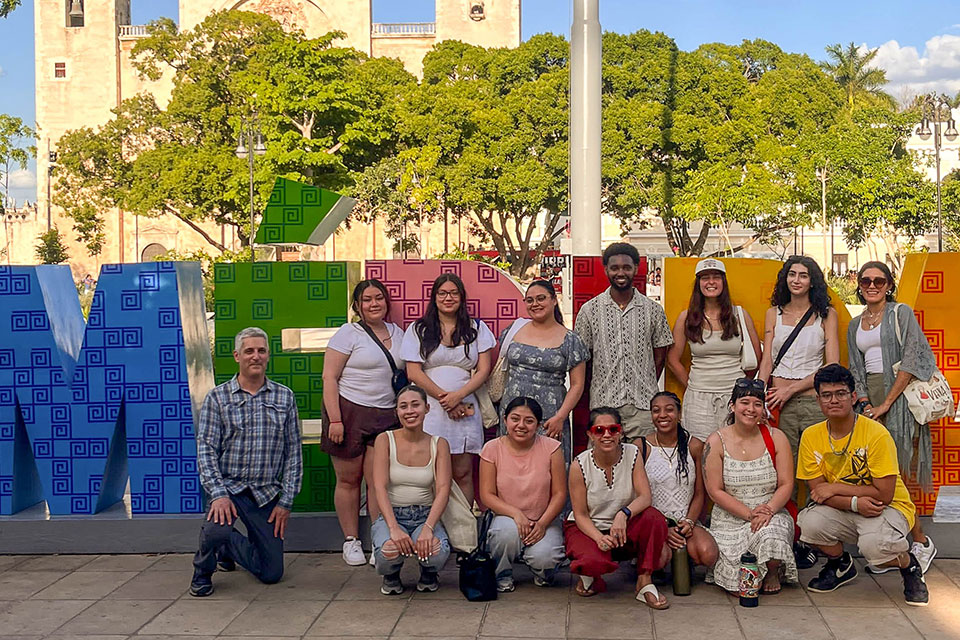
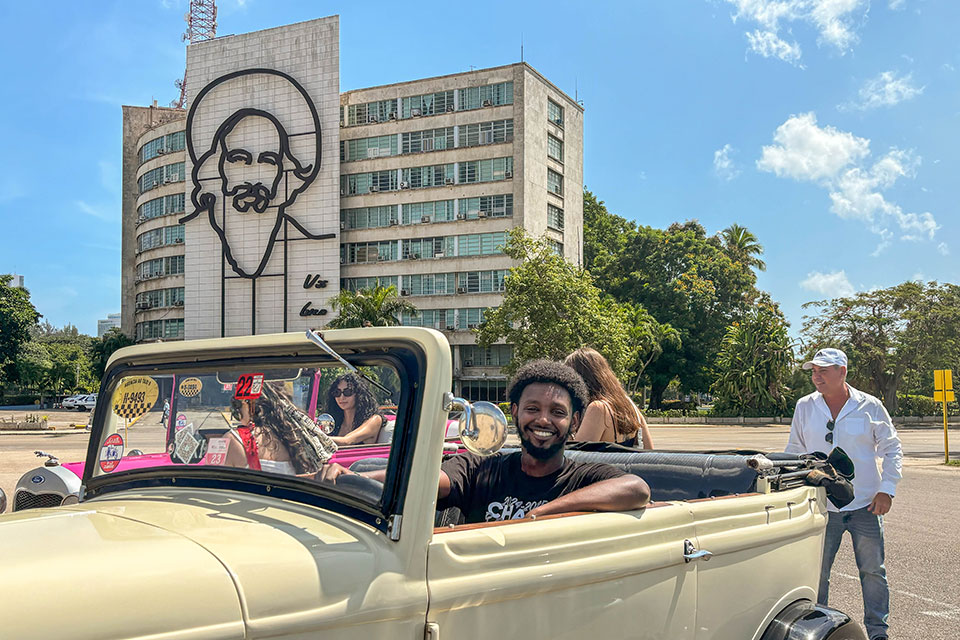
Business, society and culture collide in Copenhagen
When Zoe Fleischman ’27, an economics and business double major from Milford, Connecticut, applied to the Copenhagen program, it was on a whim.
“I didn’t even have summer plans,” she said. “I thought, the city looks beautiful, and I could knock out two courses. Honestly, I wanted to see if I could even get in.”
She did — and within days of arriving, she was enchanted.
“It felt like some kind of utopia,” she said. “Copenhagen is colorful, clean and so safe. I could walk home at two in the morning and feel completely fine. That trust between people is just baked into Danish culture, and it stayed with me.”
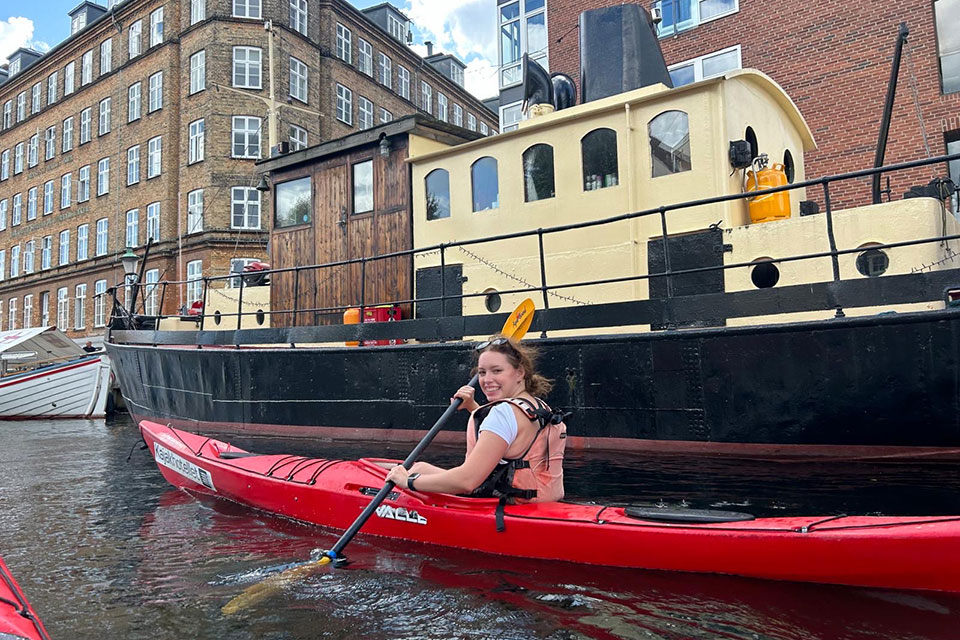
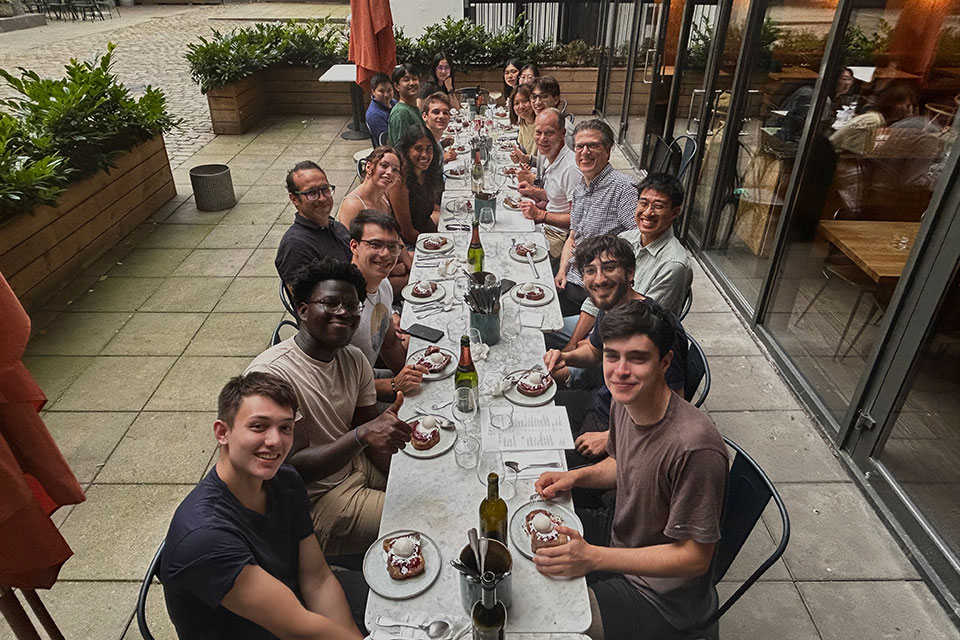
Fleischman studied microeconomic theory with professor Geoff Clarke — whom she had already taken a course with on campus — and behavioral economics with a faculty member from DIS Copenhagen, Brandeis’ academic partner in Denmark. The mix of familiar and foreign, she said, mirrored the whole experience.
“We had lectures, but then we’d visit old villages or meet for meals that connected what we were learning to Danish culture,” she said. “That’s when our group really bonded — it felt like a shared journey.”
The program did more than satisfy degree requirements. It sparked a deeper appetite for global learning. Fleischman is now preparing to spend a semester in Vienna, where she’ll combine coursework with an internship.
“I realized in Copenhagen that I wanted to travel more and see different places,” she said. “That experience kind of awakened this desire to explore, and that’s why I chose Vienna. It has such a rich art and museum culture, and I consider myself a creative person.”
Breaking the artistic mold inside Siena’s Renaissance paradise
 Zoila Coc-Chang ’18
Zoila Coc-Chang ’18
Zoila Coc-Chang ’18 studied studio art and education studies at Brandeis, and spent a summer with the Brandeis in Siena program in 2016. The experience reshaped her approach to art and still resonates today. Coc-Chang, who grew up in Hialeah, Florida, is now a lecturer in visual arts at Yale and Hampshire College, and recently taught at Brown. She traces a direct line from her summer in Tuscany to the expansive approach she brings to her own students.
“At Brandeis, you’re trained as a ‘capital-P’ painter,” she said. “There’s a lot of beauty in that, but Siena opened me up to thinking more expansively. I started weaving, working with unconventional materials, moving toward installation. That shift began there, surrounded by Renaissance art and history.”
The program combines studio art with art history, taught jointly by Brandeis faculty and the Siena Art Institute. Days were split between creating in the studio, tracing brushstrokes in frescoes, and standing before works students had only seen reproduced in textbooks.
“To study the Renaissance in Siena is to be immersed in it,” Coc-Chang said. “It’s not abstract — it’s walking out of class and seeing the influence everywhere. It deepened my love of painting, but also gave me permission to think about painting differently.”
Her career as an artist and educator reflects that blend of rigor and exploration. “I think about Siena all the time,” she said. “It was one of the first times I felt the full weight of what art can do — how it carries history, how it shapes practice, how it expands you.”
